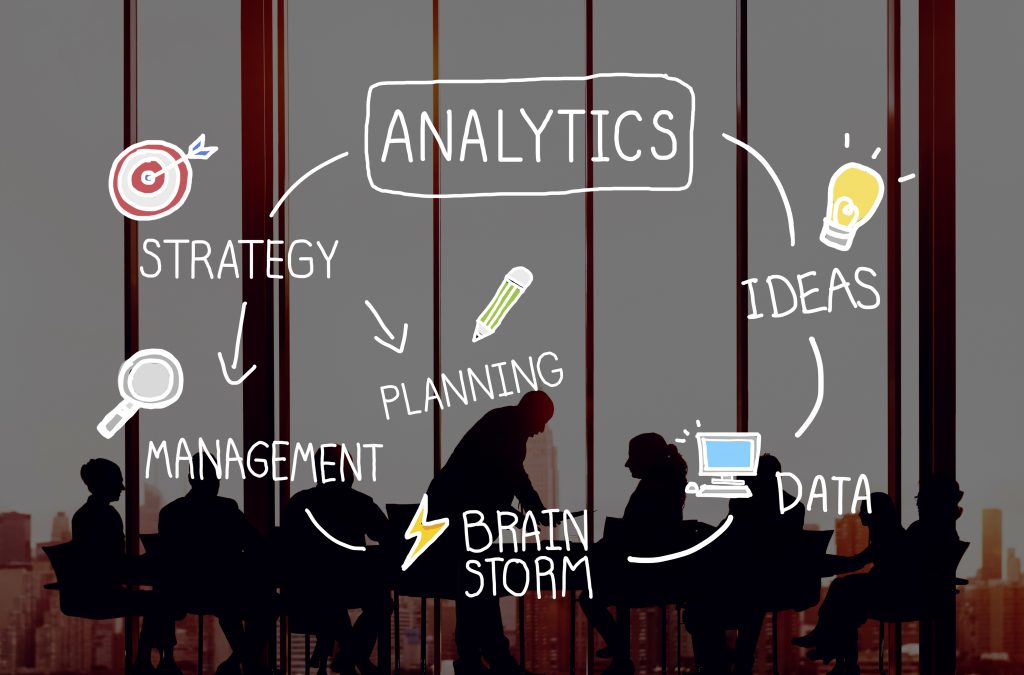As workforce structures evolve, HR leaders face increasing pressure to refine recruitment approaches, enhance strategic workforce planning, and improve long-term employee retention. Meeting these demands requires more than instinct—it calls for data-driven insights. This is where talent intelligence emerges as a transformative force.
Talent intelligence harnesses data analytics—often powered by AI—to deliver a comprehensive understanding of both internal and external talent pools. It equips HR professionals with actionable insights into market trends, optimal sourcing channels, and the key drivers of employee motivation, engagement, and capabilities. Armed with this intelligence, leaders can proactively address skill shortages, anticipate future workforce needs, and align talent strategies with broader organizational goals.

Despite 72% of organizations increasing investment in talent intelligence, only a fraction fully grasp its potential or understand the landscape of providers offering these tools. This disconnect highlights a pressing need for greater clarity, standardized definitions, and focused education to ensure maximum ROI from talent intelligence platforms.
In the face of changing work models and growing retention challenges, talent intelligence is no longer optional—it is a strategic necessity. This article explores how talent intelligence is revolutionizing HR technology and transforming how companies attract, develop, and retain top talent.
The Emergence of Talent Intelligence
Talent intelligence is swiftly becoming one of the most disruptive forces in HR technology. Its rise is driven by the increasing need for organizations to adapt swiftly to ongoing business shifts. According to Aptitude Research, 62% of companies have already eliminated or plan to eliminate certain roles in the next year. Meanwhile, 65% report significant skill gaps, and 90% are creating new roles to support evolving business priorities.
These trends highlight the urgency of a skills-first approach to talent management. As companies grow more dependent on specialized skills to remain agile and resilient, HR leaders are turning to talent intelligence to measure, track, and analyze workforce capabilities. This data-driven approach enables organizations to make better-informed decisions that support current needs while preparing for future demands.
Talent intelligence delivers the visibility needed to close skill gaps, improve workforce planning, and elevate talent strategies. As disruption continues to shape the future of work, leveraging these insights becomes vital for maintaining a competitive edge.

How Talent Intelligence Platforms Revolutionize Recruitment and Retention
Talent intelligence platforms are reshaping traditional HR functions by converting them into strategic, data-backed processes.
1. Evaluating Candidate Fit
Poor hiring decisions carry high costs. Talent intelligence mitigates this risk by offering a richer, multidimensional view of candidates. These platforms analyze data from assessments, social media, and behavioral insights to assess personality, cultural compatibility, and job fit.
With this holistic information, organizations make more informed hiring decisions, ensuring selected candidates not only possess the right skills but also align with organizational values and long-term objectives—leading to reduced turnover and higher performance.
2. Uncovering Skill Gaps
A core strength of talent intelligence platforms is their ability to identify and address internal skill gaps. Through skill assessments and competency mapping, they compare employee capabilities with role expectations.
This analysis helps define targeted learning initiatives and pinpoint critical skills required across functions. Such visibility ensures teams remain prepared for current challenges and future demands.
3. Supporting Upskilling Strategies
To stay ahead in a fast-changing market, organizations must prioritize ongoing development. Talent intelligence enables this by creating personalized learning pathways informed by employee performance, aspirations, and industry shifts.
These tools recommend relevant courses, track engagement, and measure progress, ensuring that upskilling efforts yield measurable results. They also identify high-potential talent and align them with succession planning efforts to build strong leadership pipelines.

4. Boosting Employee Engagement
Engagement is central to retention, and talent intelligence plays a key role in fostering it. By building robust employee profiles, platforms match individuals with internal opportunities that fit their interests and strengths.
This encourages internal mobility and career advancement, fostering a culture of growth. Employees feel recognized and empowered, knowing their professional development is actively supported.
Why Talent Intelligence Is a Business Imperative
Historically, the HR function has been divided between talent acquisition and talent management—often operating in silos. In today’s complex and competitive talent environment, this fragmented approach no longer works. Organizations struggle to attract and retain top talent, and hiring skilled professionals is increasingly difficult.
To remain competitive, companies must adopt an integrated talent strategy—one that unites recruitment and development under a single framework. Talent intelligence enables this by synthesizing internal employee data with external labor market insights, delivering a unified view of the talent ecosystem.
This consolidated approach allows organizations to respond to immediate staffing needs while planning proactively for future workforce challenges—positioning them for sustained success and resilience.
Core Data Sources Powering Talent Intelligence
Talent intelligence draws on diverse data streams to generate actionable insights. Here are five critical sources feeding these platforms:
1. Recruiting Platforms
Candidate data typically originates from recruiting platforms. AI-powered tools enhance this data by analyzing online profiles, resumes, interview feedback, job offers, and historical interactions to build comprehensive candidate profiles.
2. Background Checks
Verification data provides detailed insights into candidates’ past roles, compensation, job duties, and work relationships. This context is invaluable for validating role-specific experiences and expectations.
3. Core HR Systems
Human Capital Management (HCM) systems hold extensive internal data, including payroll, performance ratings, tenure, promotion history, exit interviews, and turnover metrics. These insights are essential for workforce planning and employee development.

4. Job Boards and Aggregators
Platforms like Glassdoor offer data on salaries, job descriptions, hiring patterns, and employer reviews. They also shed light on candidate behavior and market expectations, helping refine job postings and appeal to broader audiences.
5. ATS and Internal Networks
Applicant Tracking Systems and internal employee networks store information on individuals connected to the organization. These sources expand the talent pool by identifying overlooked or internal candidates, driving diversity and mobility.
Turning Talent Data into Strategic Insight
The vast volume of available data offers enormous potential—if effectively harnessed. Talent intelligence platforms like SeekOut aggregate, analyze, and present this data in a way that supports strategic decision-making across the talent lifecycle.
By combining multiple data sources, these AI-driven platforms enable HR teams to evolve from task-focused recruiters into strategic talent advisors. They offer a comprehensive view of workforce capabilities and needs, guiding both hiring and development decisions.
Additionally, these platforms enhance employee development by providing granular insights into performance, engagement, and satisfaction. This empowers companies to create internal mobility programs aligned with business goals—resulting in greater retention, agility, and long-term success.

Conclusion
Talent intelligence is changing the way organizations approach people and performance. It goes beyond filling roles to ensuring the right fit and sustained engagement. The right insights allow skill gaps to be identified before they impact business outcomes. Employees gain clearer pathways for growth, internal mobility, and leadership opportunities. HR evolves from a support function into a strategic driver of organizational success. In today’s competitive talent market, talent intelligence has become a necessity and not an option.
